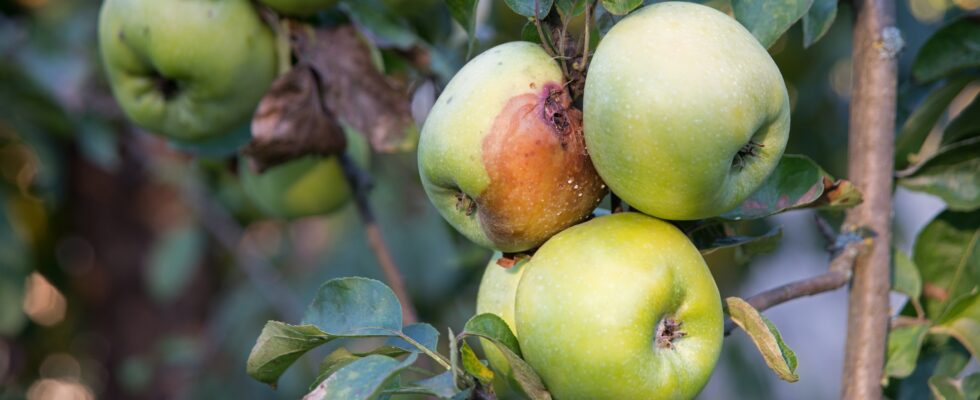Climate change is putting global agriculture to the test, with sometimes alarming harvests in 2023. Some foods and drinks are more threatened than others, and could disappear from our tables and plates in the coming years and decades.
Extreme weather in 2023 has highlighted the impact of climate change on global agriculture. The scarcity of tomatoes in the UK, the shortage of potatoes in Northern Ireland, fluctuations in olive oil prices in Spain, and the less than exceptional wheat harvests in France are just a few examples. Experts are looking for ways to adapt crops. Among them, the displacement of the latter and the exploration of underexploited varieties emerge as crucial solutions to overcome these challenges.
Big changes expected in global food production
If there is the beginning of a solution to the future problem of shortage of global agriculture, the danger is in some places more than imminent. In 2023, countries like the United Kingdom and Northern Ireland experienced food shortages resulting from extreme weather conditions. Producers in Northern Ireland (potatoes), India (corn) and olives have also been affected in certain parts of the world.
Even wine and beer are under threat. Experts estimate that barley production will decline by up to 17% over the next few years, with barley being the basis of beer, but also an important feed for livestock. Episodes of drought are not helping, and various industries are suffering.
As for wine, production has fallen to its lowest level since 1961 in areas such as Europe, Australia and South America. If France has regained its throne as the world’s largest producer, it only owes it to the decline in production in other countries, such as Italy, Spain or Greece. Four out of ten wine estates are experiencing difficulties today in France.
Food crops, mainly intended for self-consumption, are doomed to disappear. The yield of oats is also increasingly lower as the global temperature increases. And these are just a few rare examples.
What solutions are envisaged to absorb the expected drop in agricultural yields?
Generally, the relocation of crops to cooler areas is a solution considered, but it has limits. What is certain is that the impacts of climate change on food production are visible across the world. And the reduction in agricultural yields, the scarcity of crops and even the rise in prices threaten global food stability.
A research group supported by the UN and the World Bank predicted in 2019 that agricultural yields could plunge by 30% by 2050, jeopardizing the livelihoods of some 500 million small farmers across the world. the world. And the situation is becoming urgent. The consequences of climate change go beyond sudden shocks to food production, and impact the continued growth of food crops, as we explained. Plant resistance to rising temperatures is becoming crucial to maintaining global food security.
Among the alternatives: the exploration of new crop varieties, adapted to changing conditions. Researchers emphasize the need to exploit the genetic diversity of plants to strengthen resilience to pests, drought and various climatic hazards. Questioning traditional cultures and the search for unconventional varieties are now becoming crucial to ensure the food sustainability of our world.
Source : Wired

21